Even in a Toxic Pit, There Is Life

When Andrea Stierle first saw the Berkeley Pit mine, in August 1980, she was a newlywed and had just moved to Butte, Montana. “It was this big, still bustling mining area,” she says, “and when we first drove up, I saw this pit and thought, ‘Oh, dear god, where have we come?’ They were still dynamiting every day at noon, and I thought, ‘This is not where I want to be.’”
But Montana is where Stierle, an organic chemist and currently a research professor at University of Montana, and her husband Don (also an organic chemist, also at University of Montana) stayed. And, about 15 years after she first saw the Berkeley Pit, the now-shuttered copper mine became part of her and her husband’s life work. Some of the pit’s microbes, the Stierles discovered, produce novel chemical compounds that could have the potential to fight cancer.

(Flickr user Diesel Demon, CC BY 2.0)
For decades, the Stierles have sought out naturally occurring compounds that might have the potential to fight disease. And bacteria and fungi have been their main suppliers—natural chemists who synthesize strange and new compounds in order to protect themselves from the hazards of life.
The microbes that live in the Berkeley Pit might have washed in from a creek that feeds the pit’s toxic lake or come in with birds that landed, died, and decayed on the lake’s surface. Or they might have come from the decomposing infrastructure of the pit, deep under acid water. In 1982, after mining operations stopped and the pump station was turned off, groundwater filtered in and became a toxic broth of heavy metals—the sort of place that kills off birds and fish.
While large forms of life could not have survived in the pit, some tiny ones did. In 1995, a colleague of the Stierles brought in a sample of a living creature that had managed to eke out a living in the pit—algae. “If the pit could support algae, it could support fungi,” says Stierle. And that was exactly what she and her husband were looking for.
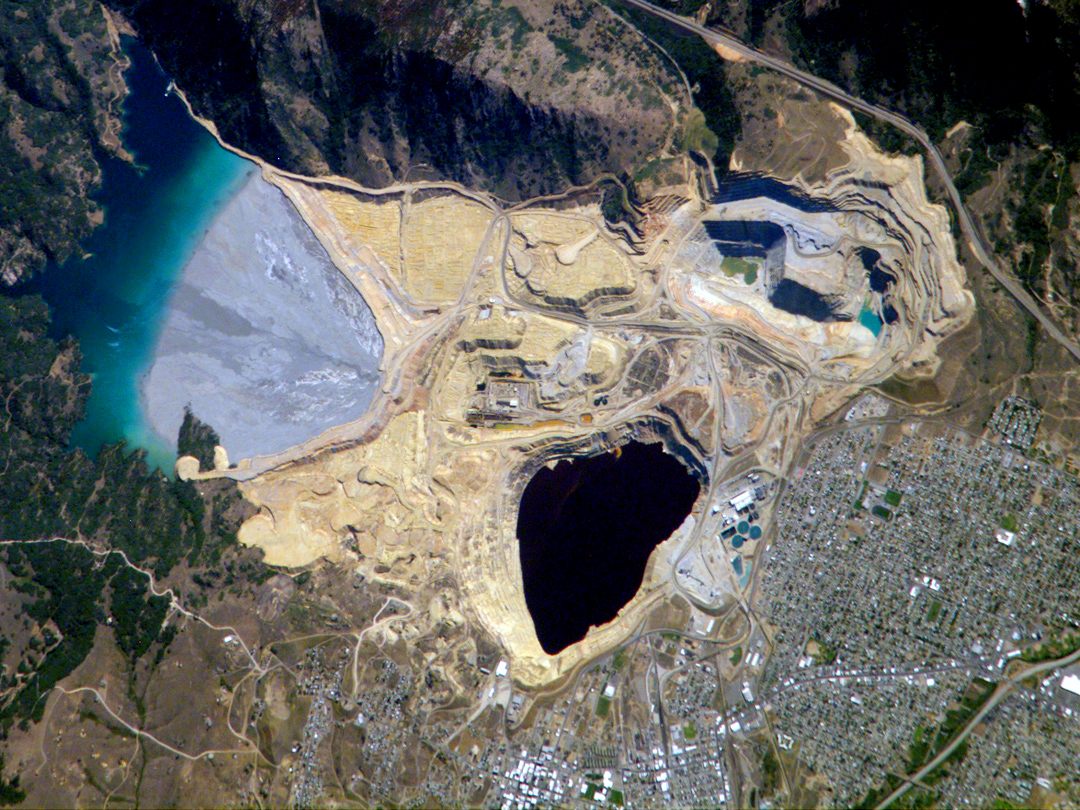
(NASA)
When that sample of pit algae came in, the Stierles had been hoping to travel far abroad in search of new microbes—but they had come up dry on funding. “We were dead broke,” Stierle says. “We just happened to be lucky enough to have this toxic waste dump a mile from our laboratory.”
Some of the microbes living in the pit just hang in there. But some of them thrive. And, the Stierles found, in the process of surviving, they are creating novel compounds in order to defend against incredibly acidic conditions and high concentrations of metal.
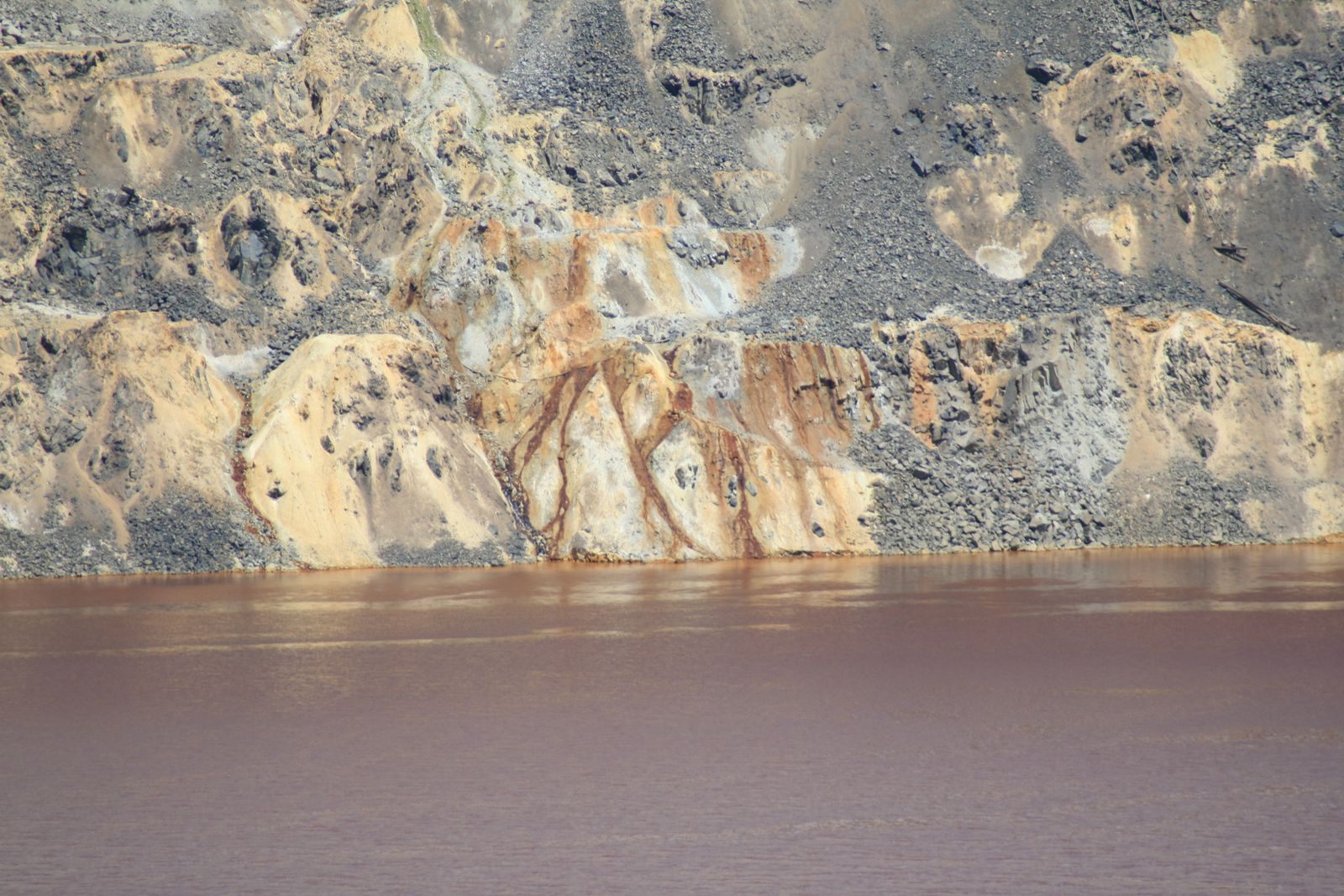
(Courtesy of Justin Ringsak of the Clark Fork Watershed Education Program)
In the lab, the Stierles grow colonies of Berkeley Pit microbes under a variety of conditions and then test how the compounds they produce react with specific enzymes. The aim is to identify compounds that might have the potential to alter the course of a disease like cancer. “We’re not going to find a drug, because it takes a lot of effort and tweaking to make a drug,” says Stierle. “But some of the most interesting compounds have biomedical potential—they’re drug-like compounds.”
Most of the promising ones have come from just five members of the pit’s microbial community, and this past August, Stierle and her colleagues received a new NIH grant to investigate, among other biomolecular leads, one compound that could help keep tumors from metastasizing and spreading through the body. “There are no drugs that work at that level,” says Stierle.
The Berkeley Pit’s fungi and bacteria are just one example of microbes thriving in places that humans have long imagined would be impossible for any form of life to survive—in lakes buried under miles of ice, below the floor of the ocean, and maybe even on other planets or moons, in outer space. And there’s no guarantee that Stierle’s line of investigation will ever produce an actual, cancer-fighting drug. But the more we can learn about forms of life that can deal with conditions that make us puny humans gag, the more we can learn about how to survive in this world.
What is Obscura Day? It’s more than 150 events in 39 states and 25 countries, all on a single day, and all designed to celebrate the world’s most curious and awe-inspiring places. To get ticket information on the Berkeley Pit’s tour on Obscura Day, go here
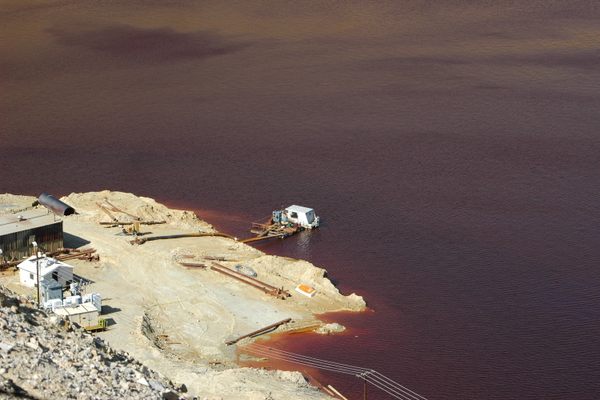
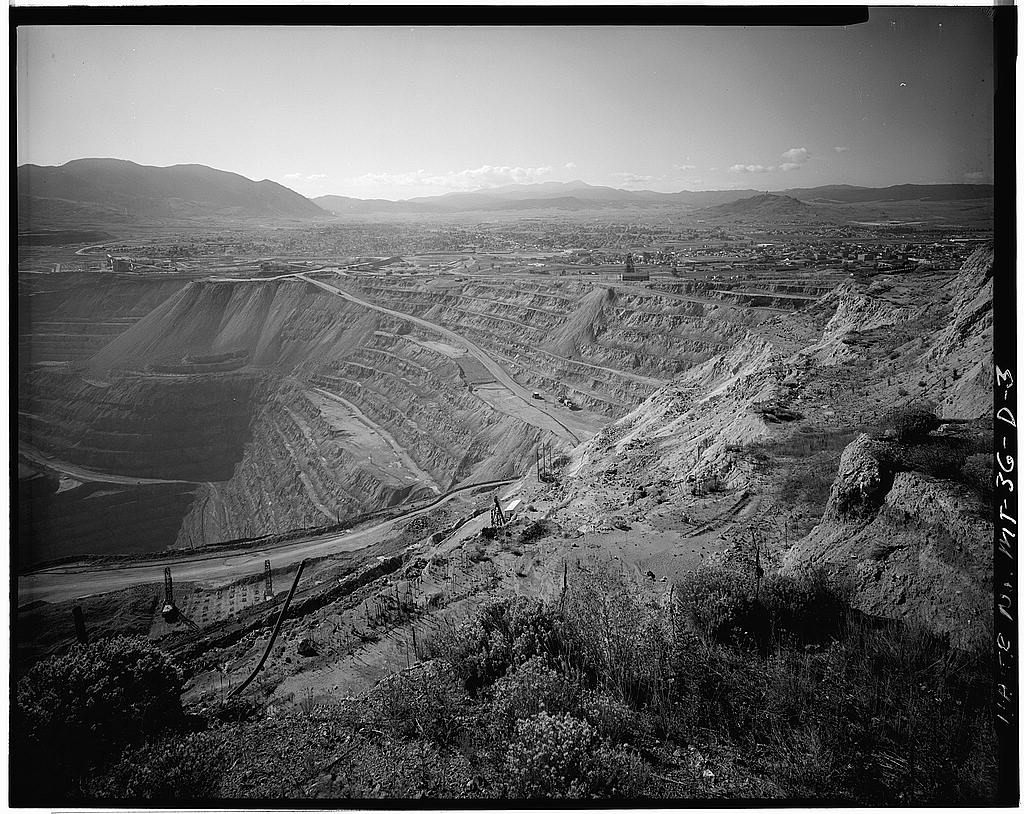
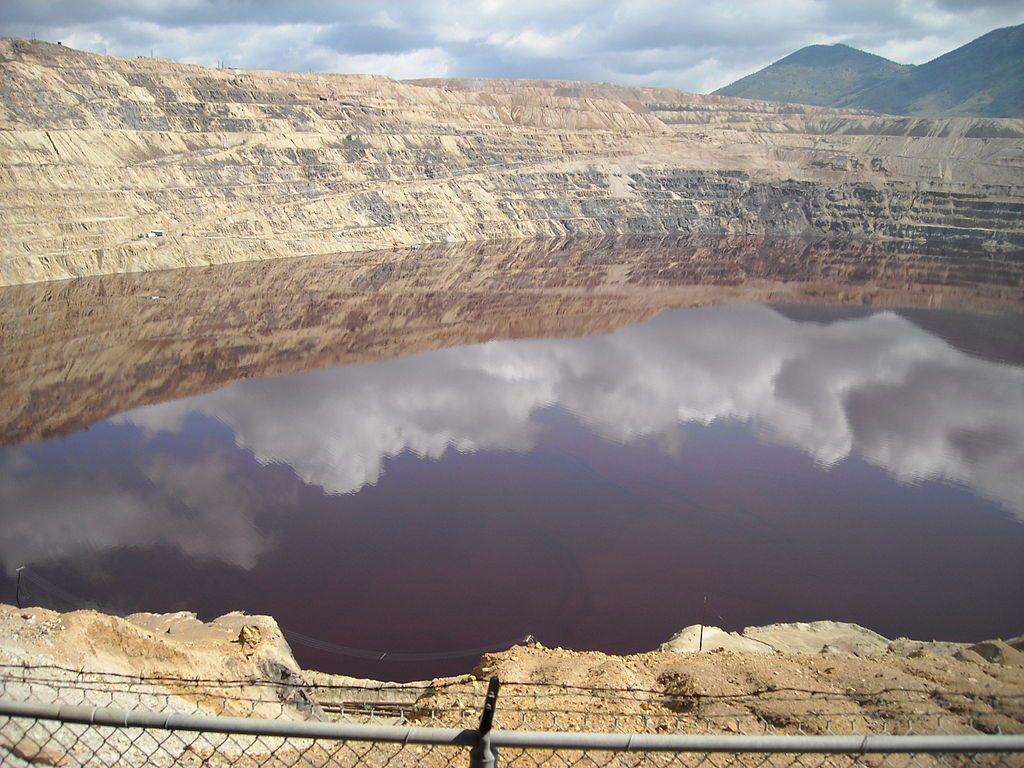





























Follow us on Twitter to get the latest on the world's hidden wonders.
Like us on Facebook to get the latest on the world's hidden wonders.
Follow us on Twitter Like us on Facebook